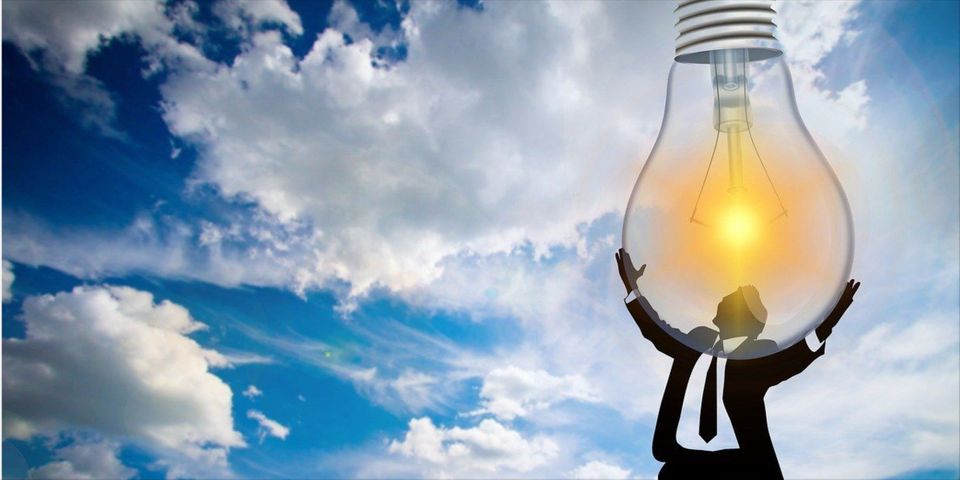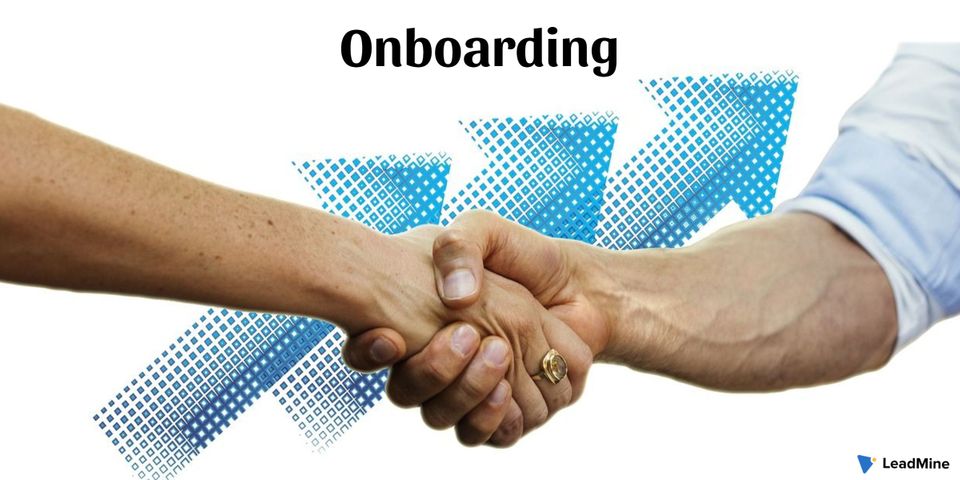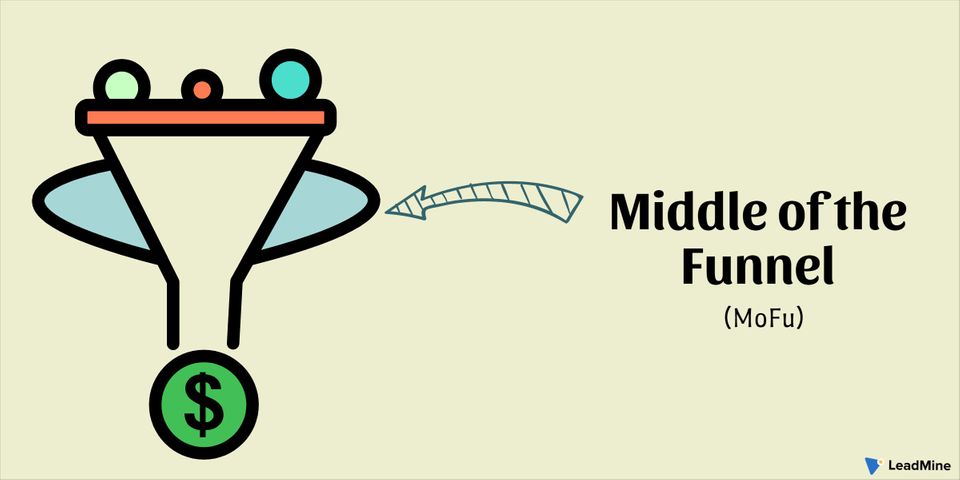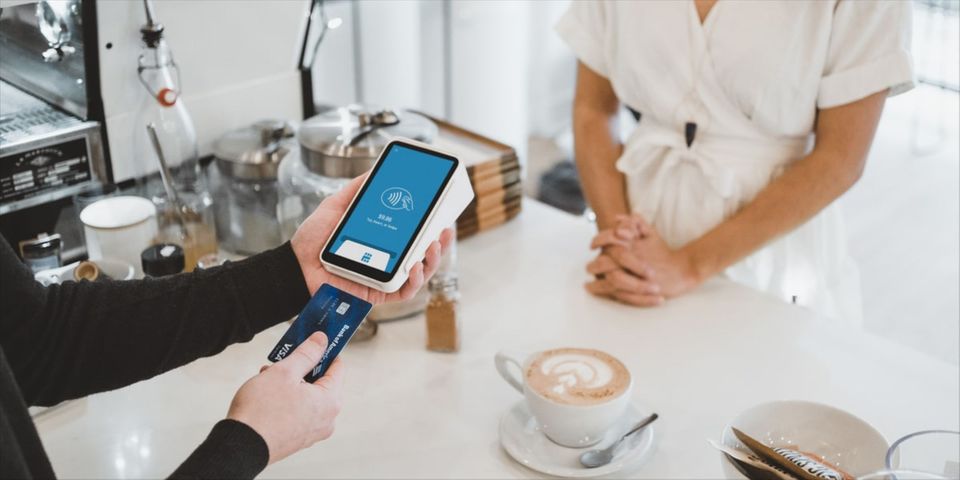Demand generation is one of the marketing strategies that create awareness and interest in a business’s offerings through the use of technologies and tools. Both demand generation and lead generation are data-driven and important in B2B marketing strategies.
You can’t generate leads effectively and sustainably without generating demand and generating demand loses its value if you didn’t translate that demand into a lead for your business.
We’ll go over the following:
- What is Demand Generation?
- Five stages of Demand Generation
- Demand Generation vs Lead Generation
- Summary
What is Demand Generation? 😓
Demand generation is a targeted marketing program to drive awareness and interest in a product or service, which involves multiple areas of marketing and marketing programs with a structured sales process. Mostly used in B2B (Business-to-Business), B2G (Business-to-Government), or longer B2C (Business-to-Consumer)sales cycles.
There are multiple components of the demand generation process that vary based on the sale’s size and complexity. These components include building awareness, supporting validation, positing relevance, and mitigating customer evaluation. A good demand generation methodology includes AIDA (attract Attention, maintain Interest, create Desire, get Action), which is developed by E. St. Elmo Lewis.
Demand generation marketing is no longer just about creating awareness and demand for sales. It isn’t also about forcing demand or tricking people into buying products or services they don’t need. It is about presenting the right information to the right people at the right time so that the product or service may be the perfect fit for your customer’s needs.
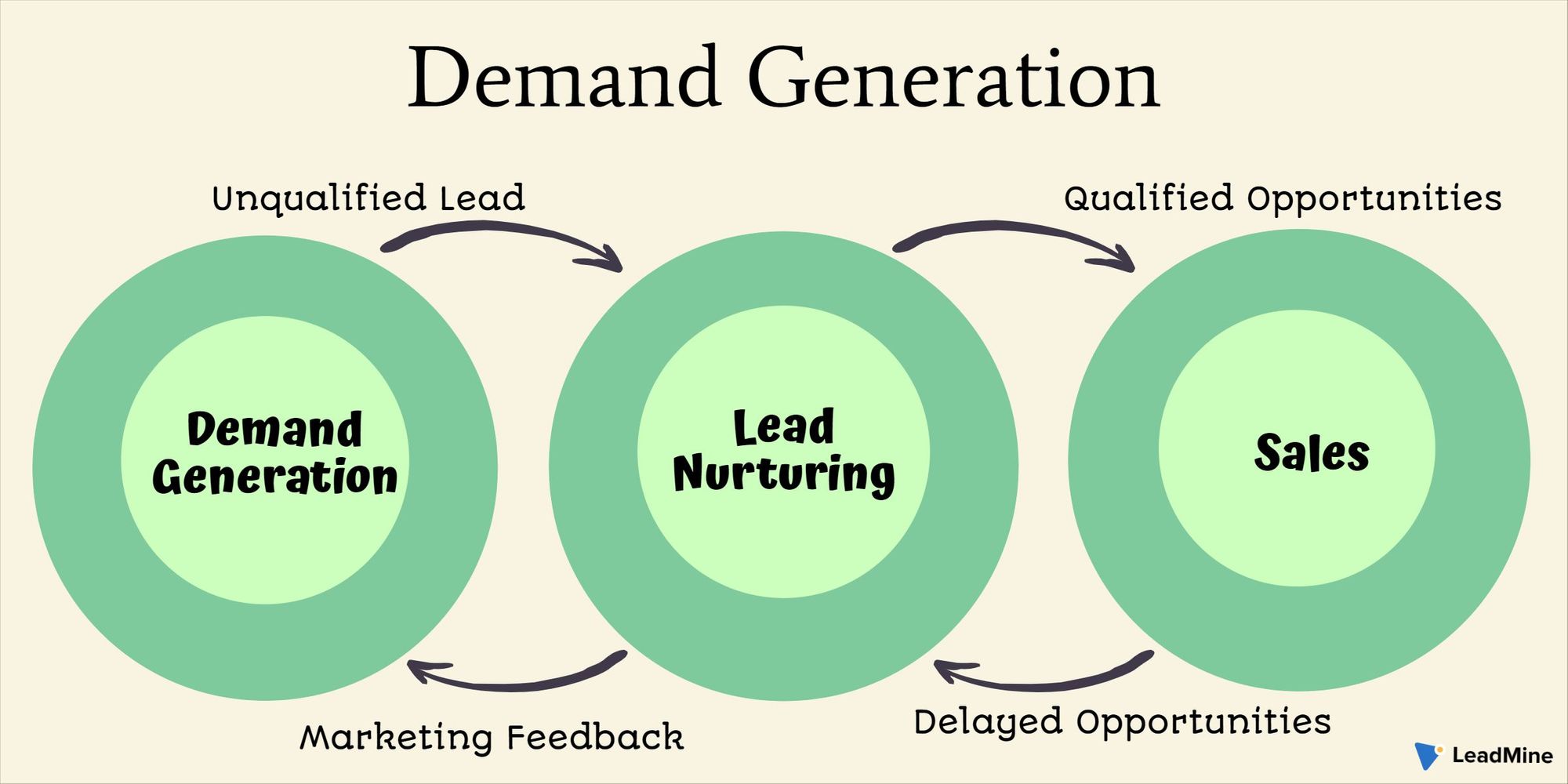
Five stages of Demand Generation 🖐
Demand generation is so comprehensive, the difficult part is to know where to start. Here is an overview of the five stages of demand generation:
Stage 1: Goal 👍
Start by identifying the end goals of your campaign upfront and plan the rest of your strategy around them. It will inform how many marketing programs you undertake to generate these leads. The best time to start planning for a demand generation campaign is at the end of the stages.
Stage 2: Audience 👏
Before you decide what program should involve in demand generation, you need to know who all are your targeting audience. Understanding your audience and building customer profiles that you are targeting helps in your marketing more precisely.
You can create buyer personas based on the roles, needs, and objectives of your targeted prospect. The more details you add, the better the program. That’s because today customers are so overloaded with information, strategic audience marketing is more important than ever.
Ad blockers, email op-outs, and new laws like GDPR have given customers more control over which brand they can engage with and they can easily reject brands who fail to respect their communication preferences.
Stage 3: Content 📖
Once you are done with your goals and audience, it is time to plan and produce content for each stage of the marketing funnel.
The top of the funnel (pre-purchase) stage should have a light thought-leadership content that builds brand awareness, highlights a need, and drives desire.
The middle of the funnel (research and consideration) stage should have to educate buyers of the challenges that they are facing and help them solve their issues with things like blogs, whitepapers, guides, analyst reports, and ROI calculators.
At the bottom of the funnel should have a piece of company-specific information like demo offers, case studies, and third-party reviews to reinforce that your product is the best choice.
Stage 4: Distribution 🤝
Creating great content is important but you also need to understand the best way to get it to your audience so that your content becomes valuable and useful. Delivering content to your prospects and direct them to the right place will involve multiple programs covering a variety of channels such as email, social media, direct email, even live events could help.
The distribution progress will change based on the stage of the funnel.
At the top of the funnel, you would use display networks, remarketing, and social channels to cast your network. At the bottom of the funnel, you would leverage paid search, email to drive direct response from the audience and convert prospects into qualified leads.
Stage 5: Measurement 🤙
You don’t know how your programs perform unless you measure everything that they do. This includes earlier, middle, and last stage metrics that cover everything from the beginning of the program – program cost, new targets, and cost-per-target to the number of opportunities that your campaign has generated and how much revenue you can get from it.
Analytics and operations are of the fastest-growing areas in sales and marketing where largely marketers are eager to show the results of their campaigns. Understanding what KPIs that you need to track and having the reporting infrastructure in place to track them enables you to easily illustrate ROI.
Demand Generation vs Lead Generation 🥊
Every B2B marketing professionals use these two terms interchangeably but they are not the same.
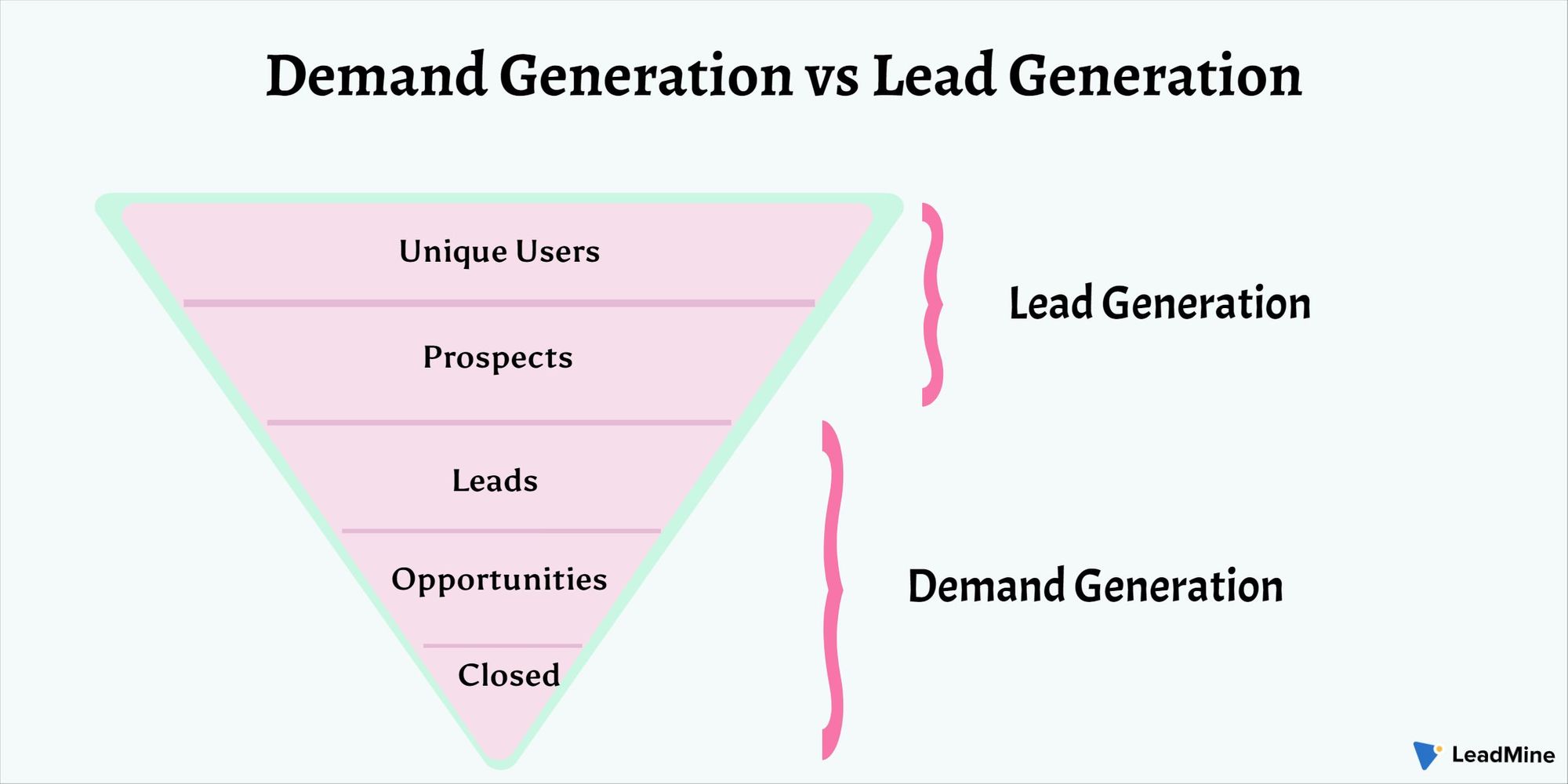
Demand generation is a long-term strategy and holistic process that covers all stages of the customer journey from brand awareness and consideration to research and justification.
While lead generation is a subcategory of demand generation that has a straight focus on the top of the funnel. The goal of lead generation is to convert targeted audiences into quality leads, which involves collecting details from leads that can be used to qualify and nurture them into loyal customers.
In simple terms, demand generation is the process of getting the audience interested in what you have to sell while lead generation is the task of turning that interest into leads that you and your sales teams can follow with.
The major difference between a demand generation campaign and a lead generation campaign is whether you ask for contact information or not. If you put your content behind a form asking for contact details and then pay to distribute it to a target audience then you are running a lead generation campaign.
The main goal for that piece of activity isn’t to get as many audiences as possible engaging with your contact, it is to capture as many leads as possible by providing people a reason to share contact information and making it easy for them to do so.
Since you always want to generate both demand and leads, it is a good idea to develop a B2B demand generation strategy that includes lead generation tactics as well as strategies to provide information to these leads at each stage along the journey to becoming a customer.
Summary
A demand generation is an essential and effective way to optimize your marketing funnel and increase your lead generation efforts. A good demand generation strategy helps in the buyer’s journey from an anonymous visitor to a delighted customer.
It leverages data in decision-making to align your sales and marketing teams, track the team's contribution to revenue, and drive growth for your organization.
Share your thoughts about demand generation with us at LeadMine.

